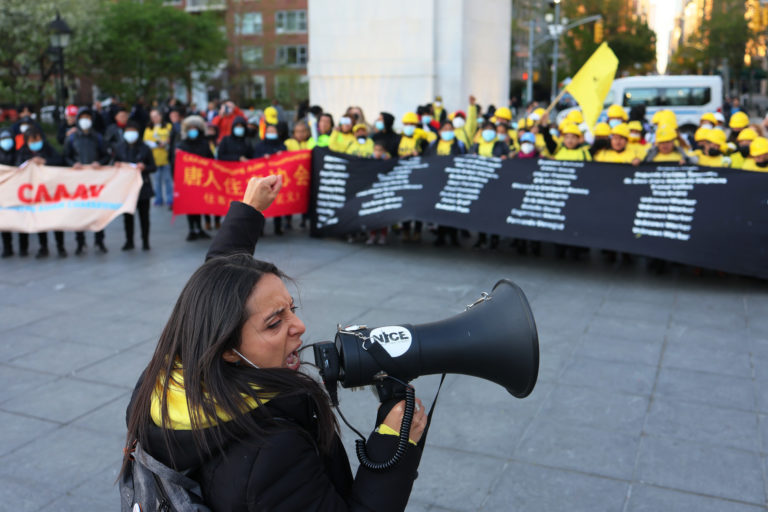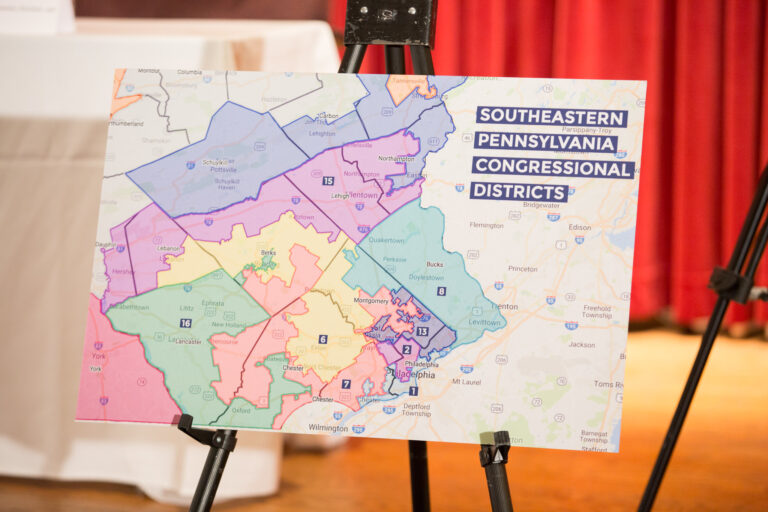Adi Kamdar is a student at Harvard Law School.
What factors should we look at to determine the health of the labor market? Binyamin Appelbaum at the New York Times explains why even though the unemployment rate is at 4.7 percent—a level that hasn’t been that low since 2007—a different marker called the Labor Market Conditions Index is painting a starker picture of the economy. This index was created by the Fed in 2014 as a more complete measure of the labor market to make up for the failings of the simplistic unemployment rate, which only measures the number of people actively looking for work. While not perfect, the index’s low levels either indicate that the economy has reached “full employment,” meaning “the reservoir of people seeking work has receded to a historically normal level,” or it is a more definite marker that the economy is actually slowing down.
In the final chapter of his new book “The Sharing Economy,” NYU Stern professor Arun Sundararajan contemplates a world where gig workers co-own the platforms they are working with. Reviewed in Forbes, Sundararajan’s book embraces the idea of a third “independent worker” category, allowing workers flexibility and the ability to collectively bargain. (Benjamin Sachs has rebutted Sundararajan’s flexibility argument in the past, noting that flexibility isn’t necessarily sacrificed with employee status.) While it may be an uphill battle to implement, the book proposes “platform cooperatives” as an interesting market-based solution for many of the gig economy’s current problems.
Marketplace has a piece on the growing number of “contract, freelance and temporary jobs” in the economy today—and how this segment of the economy resembles the economy of a hundred years ago. In the early 1900s, corporations in the United States “routinely farmed out different parts of the assembly process to individual contractors, some working outside their factories. They would hire out marketing, sales and distribution to professional agents.” Things changed in the middle-20th century “with lifetime careers and muscular unions.” Then, for example, the advertising world looked down upon freelancing; now, however, it is becoming more in vogue again.






Daily News & Commentary
Start your day with our roundup of the latest labor developments. See all
December 19
Labor law professors file an amici curiae and the NLRB regains quorum.
December 18
New Jersey adopts disparate impact rules; Teamsters oppose railroad merger; court pauses more shutdown layoffs.
December 17
The TSA suspends a labor union representing 47,000 officers for a second time; the Trump administration seeks to recruit over 1,000 artificial intelligence experts to the federal workforce; and the New York Times reports on the tumultuous changes that U.S. labor relations has seen over the past year.
December 16
Second Circuit affirms dismissal of former collegiate athletes’ antitrust suit; UPS will invest $120 million in truck-unloading robots; Sharon Block argues there are reasons for optimism about labor’s future.
December 15
Advocating a private right of action for the NLRA, 11th Circuit criticizes McDonnell Douglas, Congress considers amending WARN Act.
December 12
OH vetoes bill weakening child labor protections; UT repeals public-sector bargaining ban; SCOTUS takes up case on post-arbitration award jurisdiction